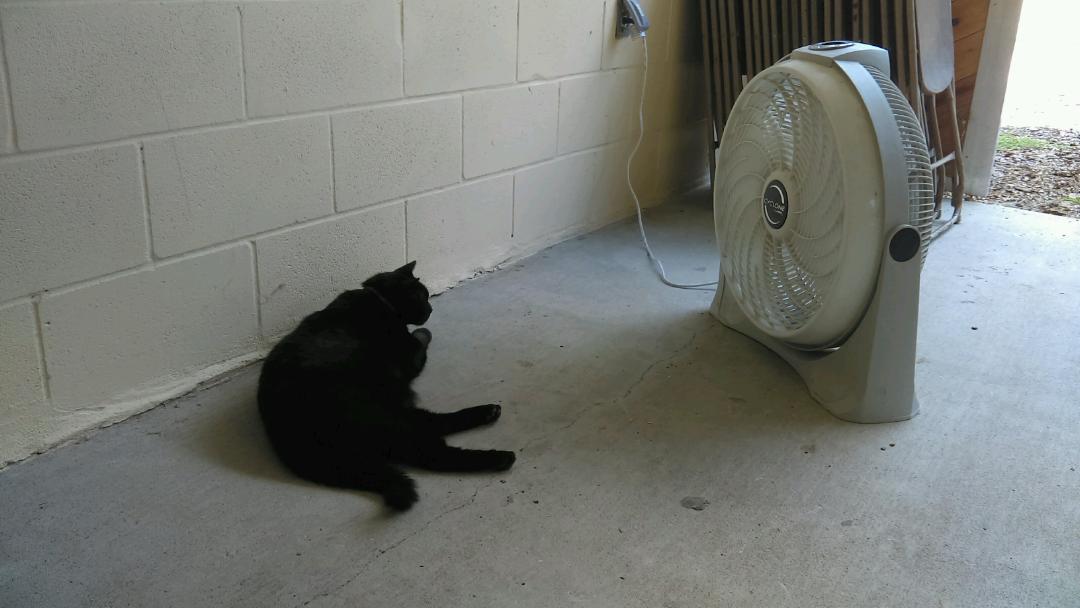When Pigs Fly
I thought I had seen just about everything in my 9 lives. While I didn’t actually spot any pigs flying on Saturday, I did see several swimming in Kiddie Pools, walking on leashes, and eating watermelon during our first annual Piggy Ice Cream Social! It was quite the spectacle. I chose to park myself at a safe distance in front of the fans and speakers that the humans set up for me, and I waited for everyone to come give me attention. It worked.
In case you humans needed yet another reason to come and adore me at the clinic, this month we are offering $35 off in-house dentals! I didn’t quite understand why horses require so much dental care, so I asked the docs about it after Saturday’s social, and this is what I learned:
Unlike the superior feline species, horse teeth continue to grow throughout their lives. The fancy doctor word for this is hypsodont dentition. As the teeth erupt from the gum line, they are gradually ground down by forage in the horse’s diet. Humans have done a few things to fowl up this natural process of wear and tear, including feeding horses large grain meals to replace grazing on the prairie, and breeding horses to have extra long or short heads, which often means their teeth no longer line up.
In an ideal situation, the top rows of cheek teeth line up with the bottom rows of cheek teeth, and when the horse grinds it’s food in a circular motion, all of the teeth wear down evenly. (We are talking about molars and premolars now, not the incisors, which you see when you lift up the lips.) In reality, it is common for the top rows of teeth to stick out farther in the front, and the bottom rows of teeth to stick out farther in the back. This causes sharp hooks and ramps, respectively, to form.
In addition, the horse’s upper jaw is wider than the lower jaw. Over time this causes sharp enamel points to form on the cheek side of the upper teeth, and the tongue side of the lower teeth. Sharp points lead to ulcerations, which lead to pain, which lead to difficulty eating, which leads to weight loss…
Moral of the story: bring your horse in for a dental float, and the docs will be able to identify and quickly correct any and all of these issues. A healthy horse with an average mouth should have his teeth filed down, or “floated” at least once a year. If your horse has dental problems, such as missing or broken teeth, a wave mouth, a step mouth, or a long history of inadequate dental care, he may need more frequent dental exams.
The only way to thoroughly and safely examine all of a horse’s teeth is with sed
ation, a good light source, and a speculum (that’s the contraption that holds the horse’s mouth open and prevents the doc’s arm from being crushed). Honestly I still wouldn’t be caught dead sticking my paw inside the mouth of a 1000 lb animal with 42 teeth, but then again I’m not a vet!
Now, thanks to my cat wisdom, you are an expert on horse teeth. Feel free to go out and impress your friends with your new knowledge. I won’t even ask for credit, just give me a scratch behind the ears when you bring your horse in for his discounted dental this month!
-Tony

